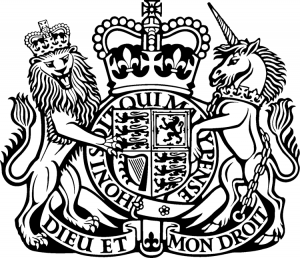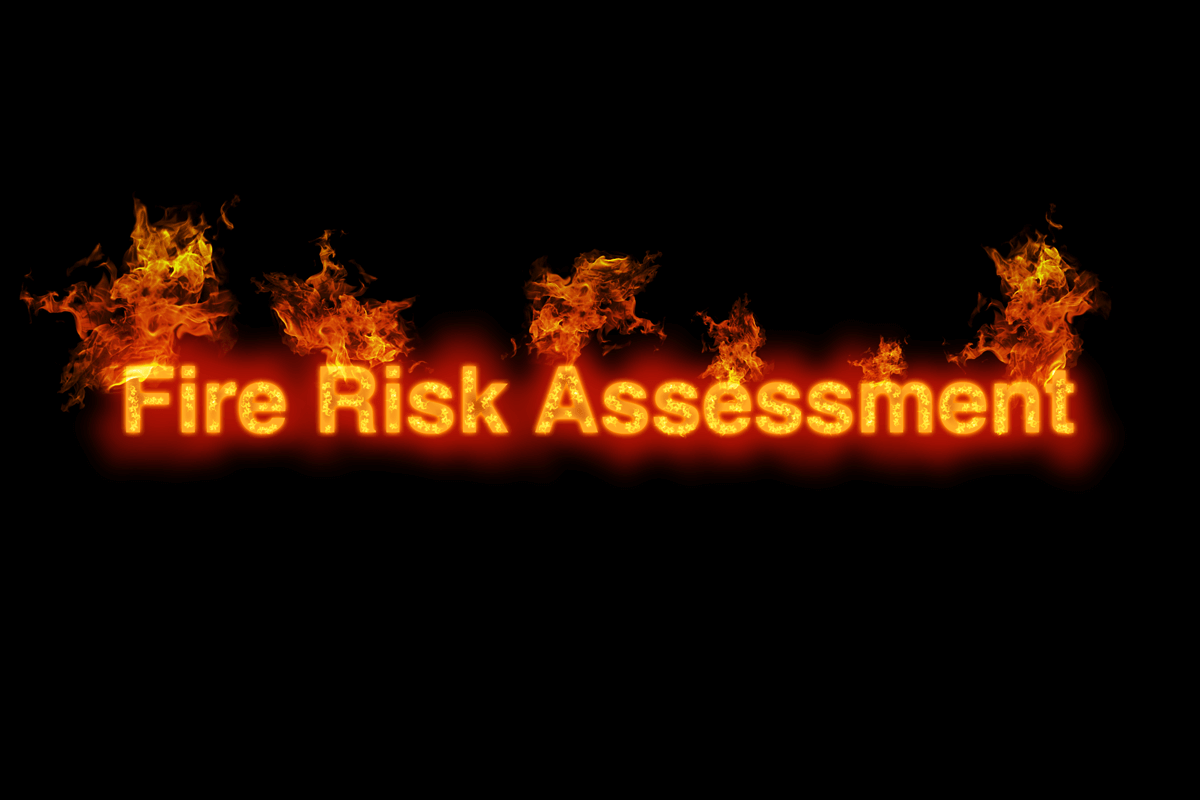The FRAPT was created to help Responsible Persons (RPs) update their fire risk assessments and ensure that any safety risks are addressed as soon as possible. The tool assigns a priority rating to buildings based on a series of questions about the structure, external walls, and flat entrance doors. A high priority rating from the tool does not mean that the building is at greater risk of a fire breaking out, but rather that further action may be required to address any fire safety defects.
In this article, we will provide an overview of the FRAPT, how it is used, and what you need to know about its results.
Contents
- 1 What Is the Fire Risk Assessment Prioritisation Tool (FRAPT)?
- 2 Who Should Use the Fire Risk Assessment Prioritisation Tool?
- 3 What Information Does the Fire Risk Assessment Prioritisation Tool Take Into Account?
- 4 How Is the Fire Risk Assessment Prioritisation Tool Used?
- 5 What Do I Need to Do if My Building Is Given a High Priority Rating?
- 6 How Does the Fire Risk Assessment Prioritisation Tool Work?
- 7 How to Access and Use FRAPT
- 8 What Is the Fire Safety Act 2021?
- 9 Who Developed the Fire Risk Assessment Prioritisation Tool?
- 10 Conclusion
What Is the Fire Risk Assessment Prioritisation Tool (FRAPT)?
The Fire Risk Assessment Prioritisation Tool (FRAPT) is a web-based tool that helps Responsible Persons (RPs) update their fire risk assessments and ensure that any safety risks are addressed as soon as possible. The tool assigns a priority rating to buildings based on a series of questions about the structure, external walls, and flat entrance doors. A high priority rating from the tool does not mean that the building is at greater risk of a fire breaking out, but rather that further action may be required to address any fire safety defects.
The purpose of the FRAPT is to assist Responsible Persons in establishing a prioritisation strategy for updating their fire risk assessments after section one of the Fire Safety Act 2021 has come into force.
Who Should Use the Fire Risk Assessment Prioritisation Tool?
The FRAPT is intended for use by Responsible Persons who are responsible for the fire safety of buildings. This includes, but is not limited to, landlords, building owners, and managing agents.
What Information Does the Fire Risk Assessment Prioritisation Tool Take Into Account?
 The FRAPT considers a range of information about the building, including:
The FRAPT considers a range of information about the building, including:
- The type of building
- The number of storeys in the building
- The materials used on the external walls
- The condition of the flat entrance doors
- The presence of fire detection and/or smoke alarm system
- The evacuation strategy for the building
- The results of a compartmentation survey
- The presence of sprinkler systems
- Whether there have been any reports of a fire in or around the building in the last 12 months
- The category of the building (e.g. residential, mixed-use, commercial)
- Any unusual or complex internal structures or arrangements that could have a significant impact on fire safety
How Is the Fire Risk Assessment Prioritisation Tool Used?
The FRAPT is used by Responsible Persons to generate a prioritisation rating for their building. This rating is based on the answers to a series of questions about the building, as listed above.
The tool will generate one of three ratings for the building:
- Tier 1 – very high priority
- Tier 2 – high priority
- Tier 3 – medium priority
- Tier 4 – low priority
- Tier 5 – very low priority
What Do I Need to Do if My Building Is Given a High Priority Rating?
A high priority rating from the prioritisation tool does not imply that the building is more vulnerable to a fire breaking out, or that it is dangerous to live in. It’s the outcomes of the fire risk assessment that might necessitate further action to address fire safety issues.
However, a tier 1 (Very High) or tier 2 (High) will advise the Responsible Person to take action to update the fire risk assessment immediately (for tier 1) or as soon as practically possible (for tier 2).
How Does the Fire Risk Assessment Prioritisation Tool Work?
The FRAPT is a web-based tool that is accessed via the Home Office website.
 The tool consists of a series of questions about the building, as listed above. The Responsible Person must answer these questions truthfully and to the best of their knowledge.
The tool consists of a series of questions about the building, as listed above. The Responsible Person must answer these questions truthfully and to the best of their knowledge.
Based on the answers provided, the tool will generate a prioritisation rating for the building.
How to Access and Use FRAPT
- FRAPT is accessible online through the Home Office.
- To proceed, you will need to create an account.
- You will be required to answer a series of questions about the building. You can find examples of the type of questions you will be asked at section 22 of the Guidance. A list of questions is also available below.
- Provide accurate answers to the following questions, as they will be used by FRAPT to score and prioritise the building you are responsible for.
- Based on your answers, FRAPT will give a score and a priority rating for your building to help prioritise the fire assessment for that building.
FRAPT Questions
- If the building is Residential of mixed
- How many storeys are there in the building?
- What is the material predominantly used on the external walls?
- Are the materials used on the external wall likely to ignite and spread fire easily?
- Are the materials used to construct balconies likely to ignite and spread fire easily?
- What materials are predominantly used for the window frames in your building?
- Does the building have spandrel or infill panels?
- How many staircases does the building have?
- What is the general condition of the flat entrance (fire) doors?
- What is the condition of the communal (fire) doors?
- Do the flats in the building have a fire detection and/or smoke alarm system installed?
- Have any of the intolerable, substantial or moderate risks from your last fire risk assessment been completed?
- What is the evacuation strategy for your building?
- Has a compartmentation survey been carried out?
- Are residential sprinkler systems fitted?
- Have there been more than one instance of fire reported in or around the building in the last 12 months?
- What category does your building fall under?
- Are there unusual or complex internal structures and/or arrangements in the building that have a significant impact on fire safety?

What Is the Fire Safety Act 2021?
On 16 May 2022, the Fire Safety Act 2021 came into effect in England and Wales. This act is designed to improve fire safety in buildings, following the Grenfell Tower tragedy in 2017. This act clarifies the scope of the Fire Safety Order to make clear it applies to the structure, external walls (including cladding and balconies), and individual flat entrance doors between domestic premises and the common parts of a multi-occupied residential building.
Who Developed the Fire Risk Assessment Prioritisation Tool?
The FRAPT was developed by the government, with input from the National Fire Chiefs Council, the Fire Sector Federation, and several housing organisations, and local authorities.
Conclusion
FRAPT is a valuable tool that can help you prioritise your fire risk assessment. It is important to answer the questions truthfully and to the best of your knowledge, as this will ensure that your building is given an accurate score and priority rating.




